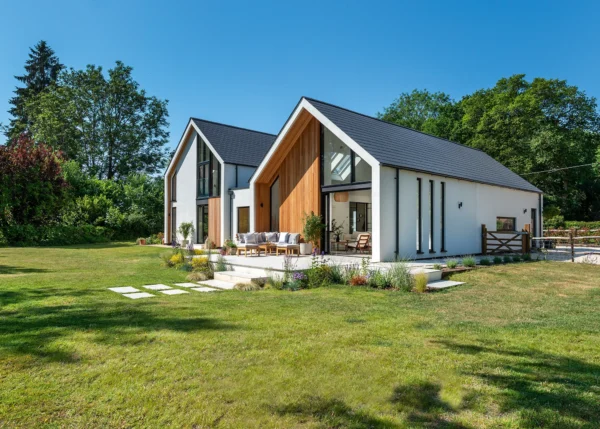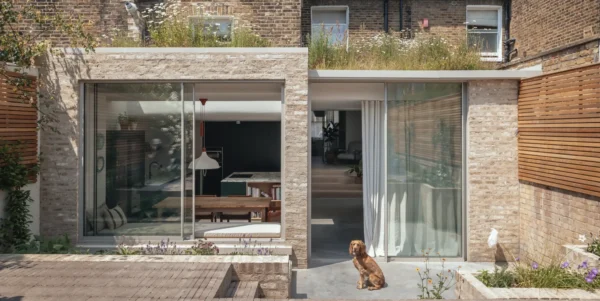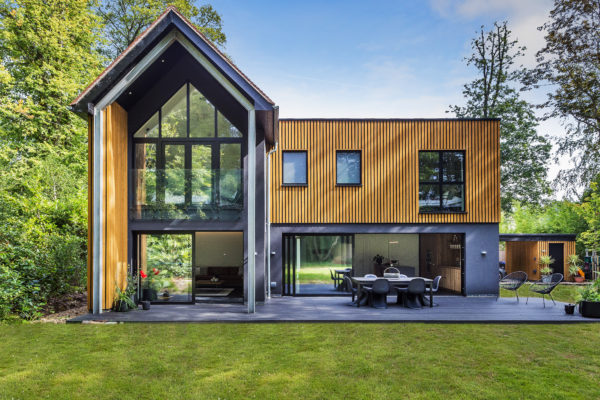Connecting to Services
Whatever style of home you are building, from a fully-fledged eco house to a straightforward replacement dwelling, you are going to need to arrange connection to the necessary services. This includes your supplies of electricity, water and telephone/broadband – as well as mains sewerage and gas, if they are available.
In this article, I’m going to look at how to get your self-build home connected to services and utilities.
In this feature…
- When to organise services
- Are services already on site?
- Water & sewerage
- Electricity
- Gas
- Phone/broadband
When should I organise services?
You can’t really organise service connections too early. Once you own the plot and planning permission is looking likely, you should get the ball rolling straight away. Here’s why:
- Having water and electricity on site is a real boon during the build and it is fairly straightforward to set up a temporary supply of both using local trades
- A simple stand pipe for water and a weatherproof box with a small consumer unit and a couple of 13 amp sockets (which can be fitted into a garage later) will be useful on site for everything from boiling a kettle to powering lighting rigs and power tools
- Ideally, power tools should run off a step-down transformer at 110v, but if you have to use mains voltage, a residual current detector is essential
Do I already have services on site?
Replacement dwellings
For self-builders working on a replacement dwelling, connection should be relatively easy. The chances are that an existing property will already be linked up to the essential facilities. Here it should be a simple case of isolating these as part of the demolition procedure, and arranging reconnection to the new dwelling.
A quick call or note to the current service provider is all that is needed and in many cases, things like existing telephone numbers can be retained.
Empty or remote building plots
It is a different matter for virgin plots where there’s no existing supply. The question of where these services will come from – and how much they’ll cost – should always be a well-researched part of your plot evaluation.
Land that has been sub-divided from an existing property, such as garden developments, should not present too many problems – connection should ideally form part of the terms of sale agreement. It would be in the vendor’s best interest to arrange for services to make the plot more attractive and command a higher premium.
Virgin plots and remotely located conversion opportunities can be an entirely different prospect so some serious consideration, and not inconsiderable cost, may be required. A common pitfall is to assume that because there are electricity supply poles in the vicinity, it will be possible to tap into that source. Remember that if you have to cross someone else’s land to do this, there may well be an additional cost involved.
Water and sewerage
Most properties will require a mains water supply and a drainage connection, too, if you’re within a sensible distance of a sewer.
Connecting to water mains
Most plots and properties are within a reasonable distance of a mains water supply. Those that aren’t are usually serviced by a private borehole. These are expensive to drill, but once approved by the Drinking Water Agency, will provide you with your own mineral water supply.
To find out your options, contact your local water company who can arrange for a new supply and will quote for all the work required to bring connections to your site. You will need to fill in an application form and provide a 1:500 site plan showing the plot boundary and entry points – they’ll then work out a scheme and a price for you based on that.
Your ground worker would then be responsible for connecting this supply to the house. Any trenches dug will need to be inspected by the water company (who will want 21 days’ notice) before they are back filled. Water pipes are usually 25mm or 32mm polypropylene lengths, which are laid at a depth of at least 750mm and no more than 1,350mm, bedded on pea gravel to prevent damage.
For ease of identification, water supply pipes and associated conduits are always coloured light blue.
Connecting to sewers
Local authorities will usually insist that a mains connection be used if at all possible, but they will be pragmatic about the practicalities. Connection from the boundary to the main sewer will have to be undertaken by an approved contractor from a list provided by your local authority. This will ensure that any work to highways and pavements will be made to the appropriate standards.
As a rough guide, if you are within 200m of a main sewer, it will be cost-effective to connect to it. Any more than that and you may need to consider an alternative, such as a septic tank or treatment plant.
Foul drainage and surface water drainage are almost always considered separately – the latter would not be allowed into the foul system. A popular option to tackle surface water is to install a rainwater harvesting system. These are highly sustainable and will reduce the sewerage element of your water bill considerably.
Electricity connections
Pretty much every home will require mains electricity, even if it is fully loaded with all of the latest renewable generation technologies. Site-generated renewable electricity is hard to store at times when the sun isn’t shining or the wind isn’t blowing. If you have a hydro-electric system that generates enough power 24 hours a day, you are very lucky indeed, but for most of us a mains supply is the only option.
Connecting to electricity
As with water, it is a case of contacting the lead provider and asking for a new connection scheme to the boundary of your new property. Your electrician will then connect up the meter. From there, it will be fed into the house via your consumer unit. Your building control officer should be able to help if you don’t know which electricity company is the lead distributor for your area.
This distributor will be responsible for providing a new meter for the property together with its own unique number, and will supply you with electricity initially. You don’t have a choice of supplier at this stage, but once the meter is in and you have the unique number allocated, you will be free to switch companies as you wish.
For identification purposes, electrical cables and conduits are always coloured black.
Gas connections
Connection to mains gas is dependent on the availability of supply in your area – which is always on tap in urban zones. If you are out in the sticks, then alternatives such as oil, LPG and electrically powered heat pumps will be the norm. However, if you can get access to mains gas, then use it. This is still the most cost effective fuel type and has a much lower carbon footprint than other fossil fuels.
Connecting to gas
To get connected, you will need to contact your regional gas transporter, such as the national grid, to establish a new supply. As part of their standard service (the norm for new domestic connections) they will dig trenches up to 2m from the house, supply and fit a suitable meter box and then make good by filling the trenches.
You would then speak to a gas supplier who will install the meter and connect to the supply. Alternatively, you could ask your gas company to arrange for the whole thing – they will charge you for the connection, all pipework, their own fee plus a meter installation charge.
The cost to connect to the national grid can vary from a few hundred to several thousands of pounds. With that in mind, it will be a judgement call as to whether mains gas is practical and affordable for your project.
Gas pipes and conduits are always coloured yellow to distinguish them from other services.
Telephone/broadband
BT has responsibility for new telephone connections and there is a standard charge of around £130 if you are within easy access of the existing network. The price is reduced to £50 if you take BT’s calls and broadband bundle, and it is free if you subscribe to their TV package as well.
Things get more expensive if you are located in the countryside, and may well involve a survey to determine the cost of connection. BT will pay up to a certain limit, but depending on the results of the survey, there may be an additional cost to bear.
Don’t discount other providers, such as cable companies, if you have the option. But in a rural location the chances are it will be BT or bust. If you plan to have an underground phone line, BT will usually provide the necessary cable ducting for free.
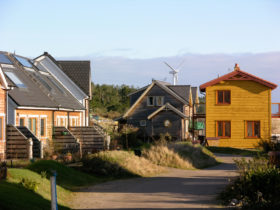
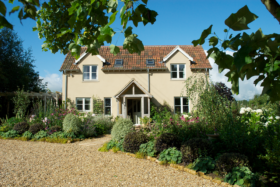

































































































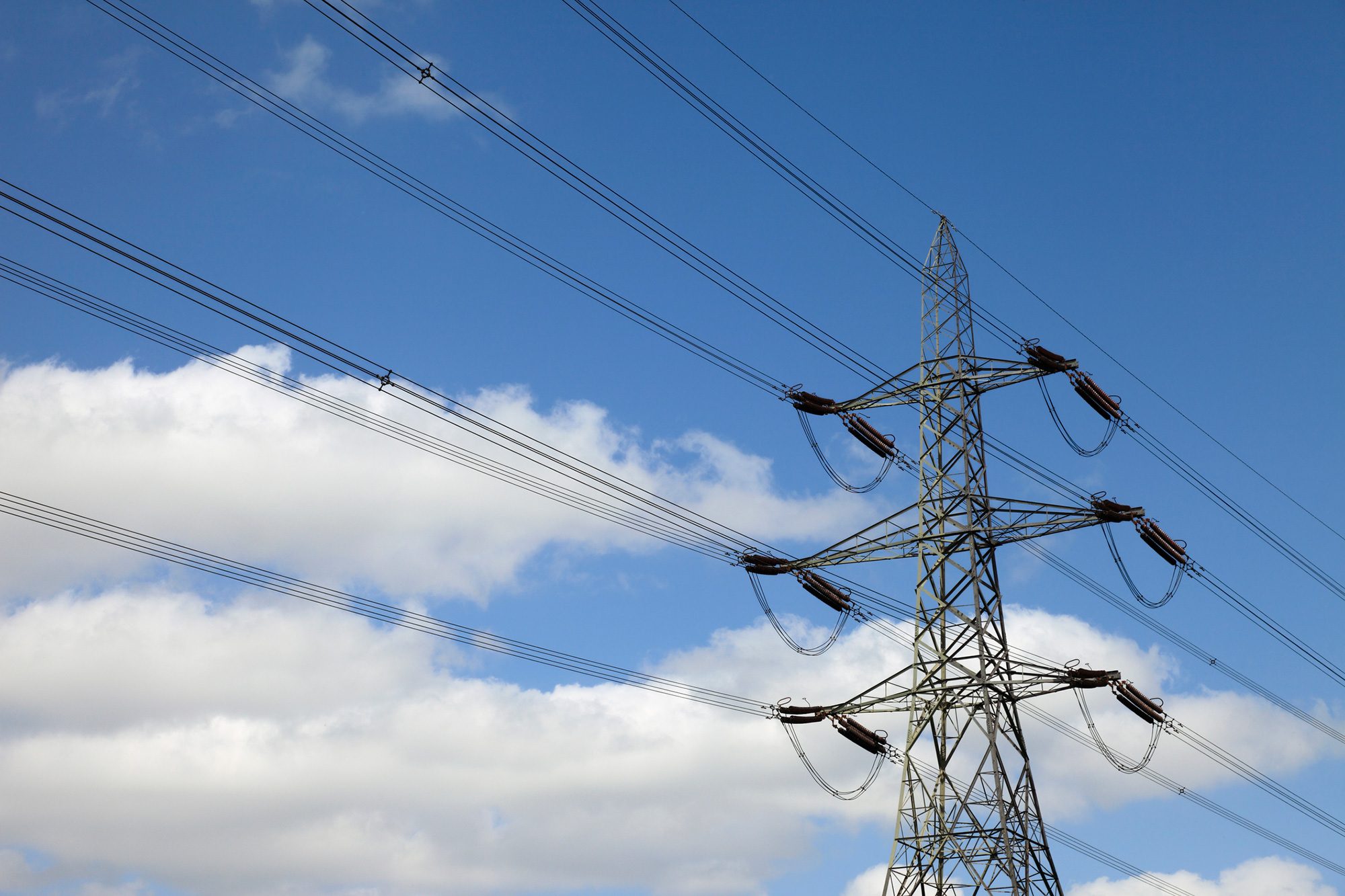
 Login/register to save Article for later
Login/register to save Article for later

